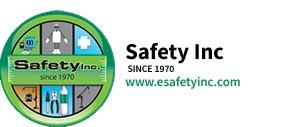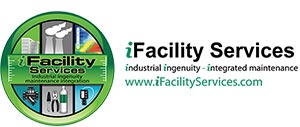Monitoring Carbon Monoxide in a Hospital Parking Garage
Application

A parking garage in a hospital needed to be monitored for carbon monoxide. In the current system, carbon monoxide readings were integrated into the HVAC system, so that when ambient levels of carbon monoxide raised past a set level, a signal to the HVAC system would increase ventilation so that carbon monoxide levels would be reduced. If the carbon monoxide readings continued rising, a second alarm would trigger, turning on horns and strobes to evacuate people from the garage.
This present system had been installed by an HVAC contractor, and while initially the cost per point of gas detection was low, the continuous maintenance costs increased and were high. Sensors needed calibration quarterly, with a short lifespan of 12-18 months; they were not very accurate, so that the HVAC ventilation was turning on and of more often than needed, which increased energy use and cost.
The Solution
Existing sensors and transmitters were replaced by a Draeger carbon monoxide sensor and transmitter. Since Draeger’s carbon monoxide sensors only need calibration bi-annually, and have a lifespan o 5-7 years, the hospital could dramatically reduce maintenance costs, in reducing calibrations in half, from 4 to 2 times per year. Also the cost of purchase and installation was dramatically reduced, since Draeger sensors last 5 times longer as the previous sensors. Energy costs were also greatly reduced, since Draeger sensors are much more accurate, therefore reducing the frequency in which the ventilation system would be triggered and used.
Combustible Gases in a City Parking Garage
Application
A municipal parking garage that stored CNG (compressed natural gas) powered city buses needed an existing gas detection system to be replaced. That system had routine false alarms, sensors that required frequent calibrating, and complete replacement every 1 to 2 years. Maintenance and washing the buses was also done in the garage, impacting the environment and causing the sensors to drive. Also in winter when the garage doors were opened, temperatures would drop quickly, and when the buses were washed, humidity levels rose rapidly. Since CNG is lighter than air, sensors needed mounting in the ceilings, so all calibration work had to be done using lifts.
The Solution
A new system was designed with Draeger’s patented dual-IR sensor technology, where tubes were run from the ceiling to a sampling system which pulled samples from the ceiling to the system, which was then mounted on the wall. Since the mall mounted system contained the sensors, maintenance was simple and efficient. Dual IR sensors are designed with a library of calibration curves allowing the sensors to be calibrated with methane, but accurately read another gas. Since gases absorb IR energy on a curve, using a correction factor or a multiplier would create inaccurate readings; Draeger’s dual-IR sensors are immune form drift from environmental changes, only requiring a yearly reference check, and have a typical lifespan of between 10 and 15 years.



